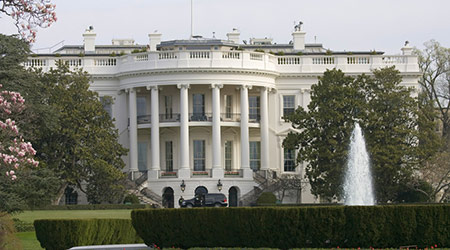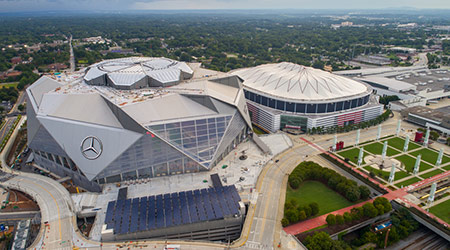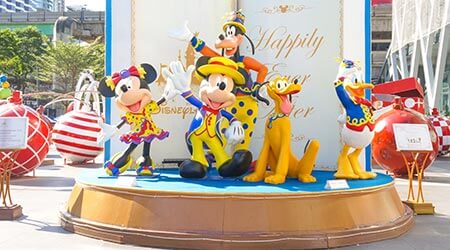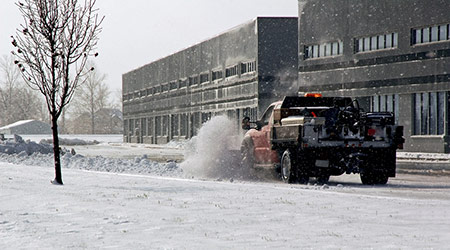
Grounds: Tough Choice on Historic Tree
January 3, 2018
Grounds management in institutional and commercial facilities means tough decisions. Whether the issue is equipment, chemicals, staffing, or plants, managers know that in some cases, their job requires them to make unpopular decisions that are best for the facility and its surrounding landscapes. Take the case of the historic magnolia on the grounds of the White House.
The enormous magnolia tree stood watch by the South Portico of the White House for nearly two centuries. Its dark green, glossy leaves shaded politicians and heads of state. Its ivory flowers bloomed through times of peace and war. It is the oldest tree on the White House grounds, a witness to Easter egg rolls and state ceremonies, a resignation, a plane crash, all the tumult and triumph of 39 presidencies.
But the iconic magnolia is now too old and badly damaged to remain in place, the White House announced recently. At the recommendation of specialists from the National Arboretum, the White House called for a large portion of the tree to be removed this week, according to an article in The Washington Post.
The decision comes after decades of attempts to hold the aged tree up with a steel pole and cables. Arboretum experts say that rigging is now compromised and that the wood of the magnolia's trunk is too delicate for further interventions. Any other tree in that condition would have been cut down years ago.
Learn about the three sustainability strategies for grounds management.
But this is not any other tree. According to White House lore, the stately evergreen was brought to Washington as a seedling by Andrew Jackson. The magnolia was a favorite tree of his wife, Rachel, who had died just days after he was elected. Jackson blamed the vicious campaign — during which his political opponents questioned the legitimacy of his marriage — for his wife's untimely death.
The new planting, which came from the couple's Tennessee farm, the Hermitage, would serve as a living monument to her in the place she despised; before her death, Rachel had reportedly said, “I would rather be a doorkeeper in the house of God than live in that palace at Washington.”
Read about one grounds manager’s strategies for efficient operations.
Long after Jackson left office, his magnolia remained. Other trees were planted to supplement it, and the tree became a fixture in White House events. Herbert Hoover reportedly took breakfast and held Cabinet meetings at a table beneath its sprawling branches. Franklin Delano Roosevelt spoke with Winston Churchill in its shade.
Richard Nixon strode past it as he left the White House for the last time after his resignation. In 1994, a Maryland man piloting a stolen plane clipped the tree before suffering a deadly crash against the White House wall. And for decades, the magnolia was featured on the back of the $20 bill.
This Quick Read was submitted by Dan Hounsell — dan.hounsell@tradepressmedia.com — editor-in-chief of Facility Maintenance Decisions.
Next
Read next on FacilitiesNet












